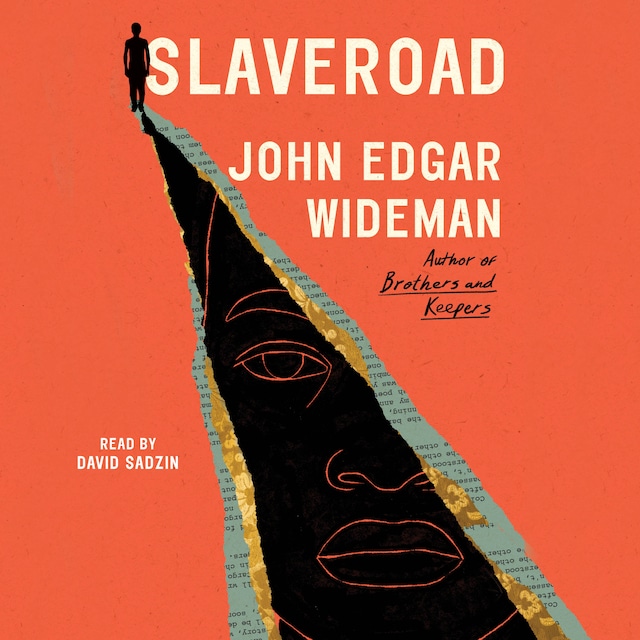
Slaveroad
An Autobiography
Description of book
Longlisted for the 2024 NBCC Award in Nonfiction
Major literary figure and “master of language” (The New York Times) John Edgar Wideman uses his unique generational perspective to explore what he calls the “slaveroad,” a daunting, haunting reality that runs throughout American history.
John Edgar Wideman’s “slaveroad” is a palimpsest of physical, social, and psychological terrain, the great expanse to which he writes in this groundbreaking work that unsettles the boundaries of memoir, history, and fiction. The slaveroad begins with the Atlantic Ocean, across which enslaved Africans were carried, but the term comes to encompass the journeys and experiences of Black Americans since then and the many insidious ways that slavery separates, wounds, and persists.
In a section of “Slaveroad,” called “Sheppard”, William Henry Sheppard, a descendant of enslaved Virginians, travels back to Africa where he works as a missionary, converting Africans to Christianity alongside his Southern white colleague. Wideman imagines drinking afternoon tea with Lucy Gant Sheppard, William’s wife, who was on her own slaveroad, as she experienced her husband’s adultery with the African women he was trying to convert. In “Penn Station,” Wideman’s brother, after being confined forty-four years in prison, travels from Pittsburgh to New York. As Wideman awaits his brother, he asks, “How will I distinguish my brother from the dead. Dead passengers on the slaveroad.”
An impassioned, searching work, Slaveroad is one man’s reckoning with a uniquely American lineage and the ways that the past haunts the present: “It’s here. Now. Where we are. What we are. A story compounded of stories told, retold, untold, not told.”
Format:
Language:
English


